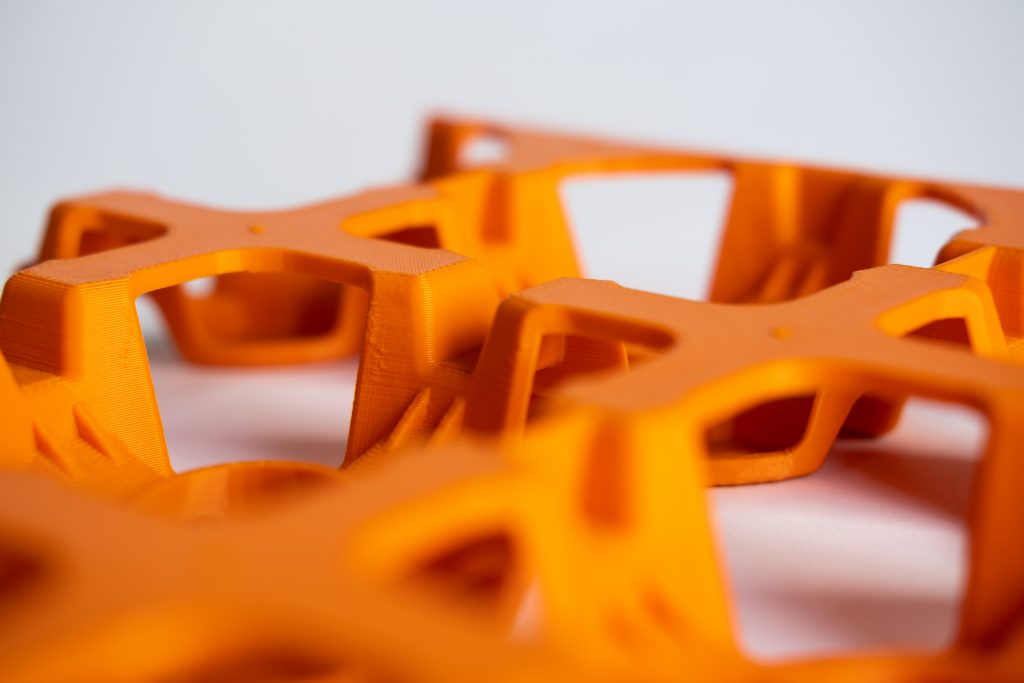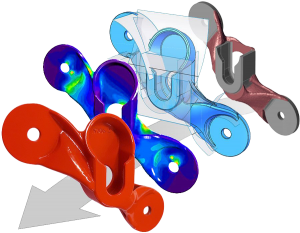
Titanium 3D-printed part for the NH90 helicopter
Last year the Dutch Defence Helicopter Command has flown for the very first time with a 3D printed part. It is a so called “ladder bracket” that is mounted at the tail plane of the NH90 Helicopter and which is used to mount a ladder for inspection and maintenance.
The ladder bracket development was commissioned by the CLSK (Dutch Air Forces Command). Using 3D printing, CLSK wants to have parts manufactured faster, to save on maintenance costs and in the end improve the deployability of its weapons systems. BPO, in cooperation with Fokker Aerostructures, NLR (Netherlands Aerospace Centre) and the Dutch Defence Materiel Organisation (DMO), has taken care of the development and optimization of the new design of the bracket. The redesign is made of titanium and is 40 percent lighter, while being stronger than the original design. The new bracket is meant as replacement of the current milled titanium part and it must support the ladder in the same way as the original bracket. The design space was determined as two mounting holes for attachment to the tail plane of the helicopter and the interface with the cams of the ladder. Using topology simulations, it was calculated how a maximum amount of stiffness could be created within the available design space. This resulted in organic shapes that are not possible to make with traditional production methods. The part was then surface modeled in 3D CAD, whereby the organic shape was made as fitting as possible to the original geometry of the topology study. This geometry was then combined with the required functionalities, like mounting holes, drainage features and of course mounting and using the ladder.
This way, the new bracket has a maximal stiffness within the available space with a minimal mass. As an added feature, the shape of the middle part has been engineered in such a way that the cams of the ladder fall into the mounting hole more easily. A functional optimization that is only possible by considering the production method during the development.

The knowhow and experience of BPO in the development of complex, heavily loaded parts were optimally used in the development of the new bracket. Knowhow like for instance the use of topology simulations, FEM analyses and CAD modeling of complex organic shapes. Also, the experience gained in earlier Additive Manufacturing projects like DirectSpare, Custom Fit and the solar panel satellite hinge for Airbus Defence and Space Netherlands was used. Designing for Additive Manufacturing requires a different process than is used when designing for more traditional production methods. Do you have any questions about the possibilities of using Additive Manufacturing for your products? Please do not hesitate to contact us!
Gebruikte diensten
